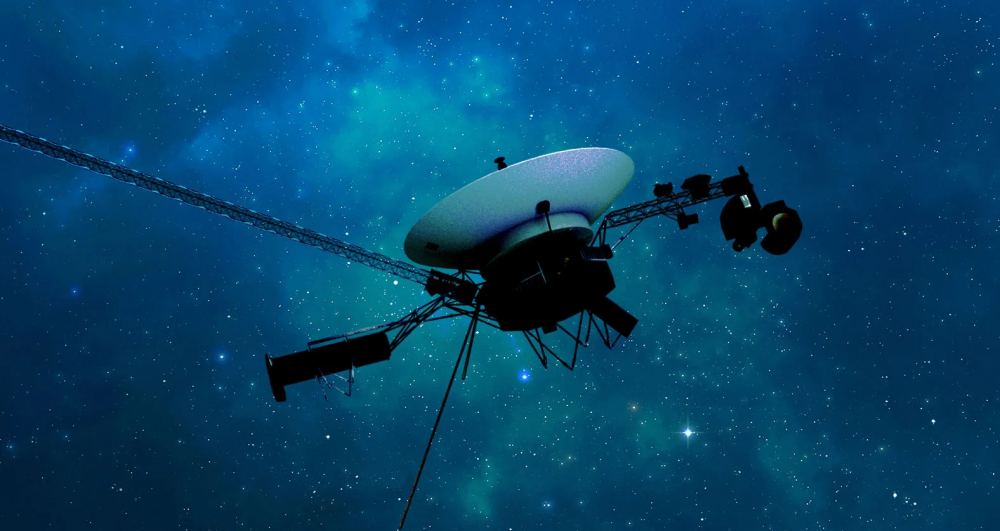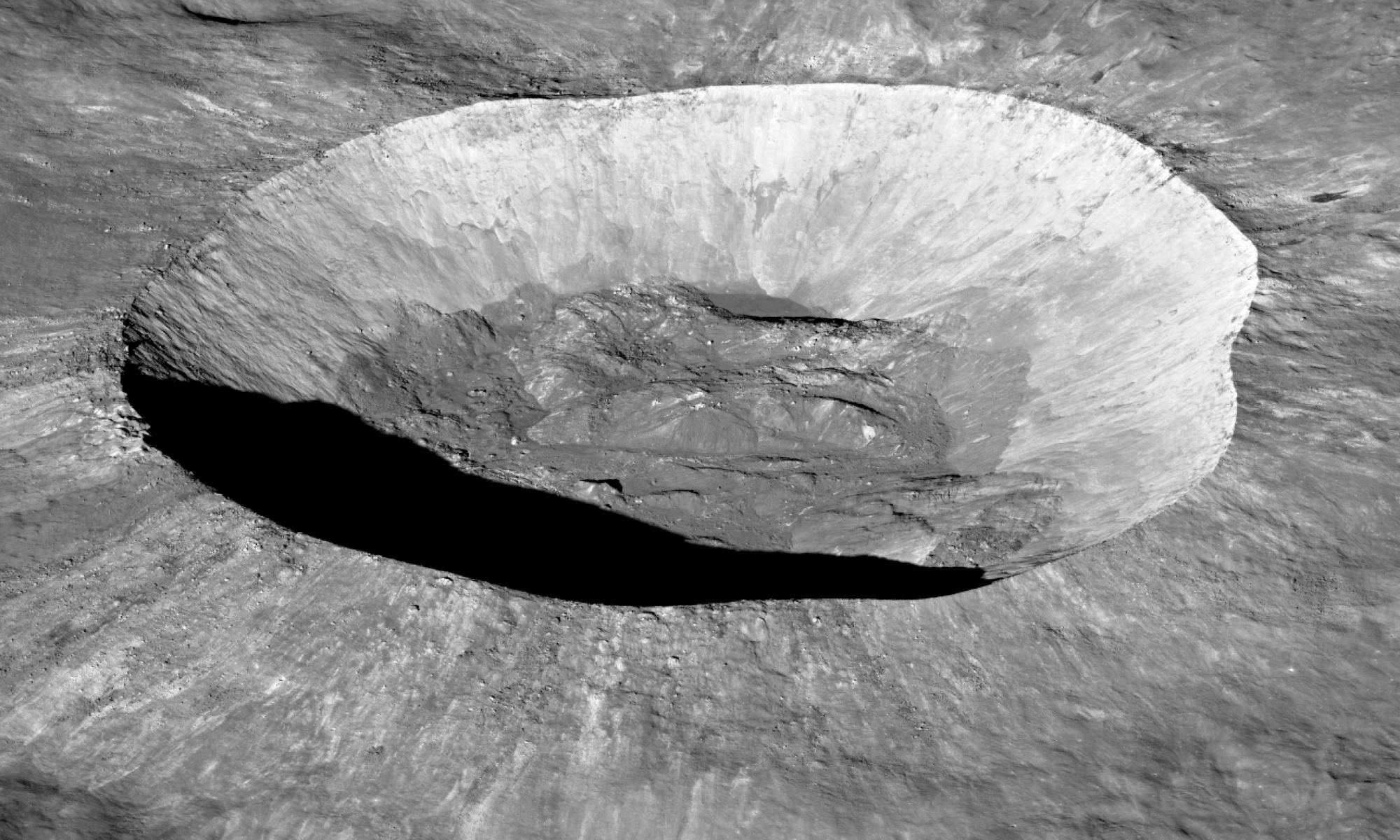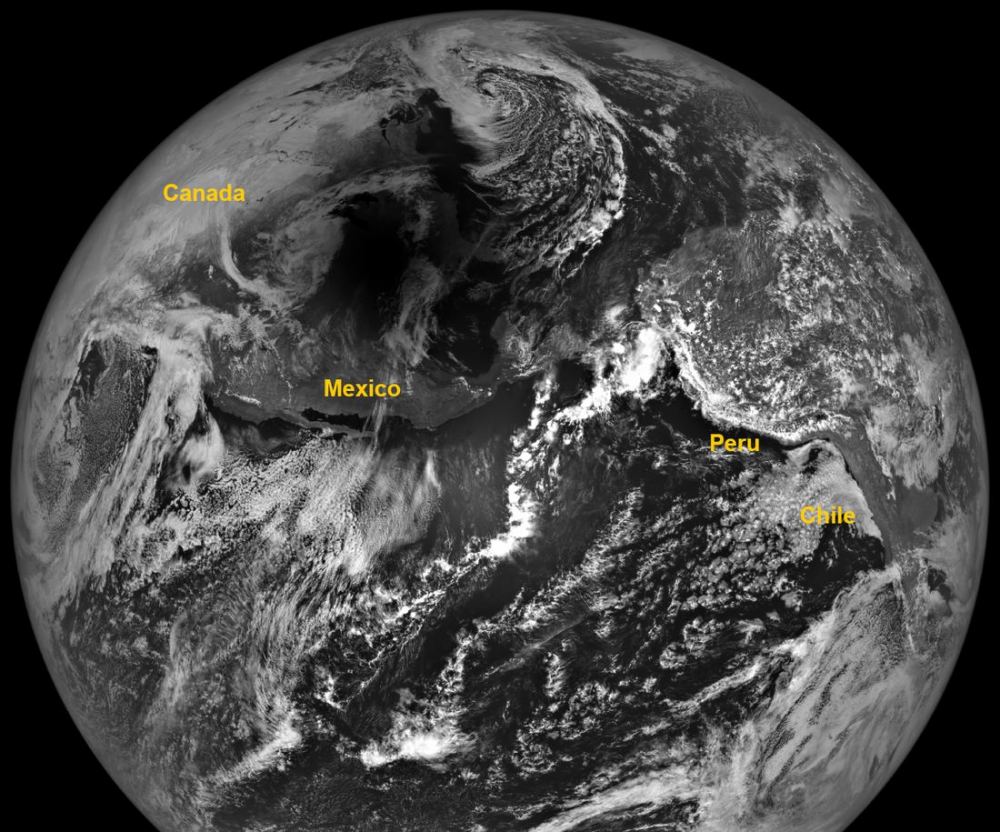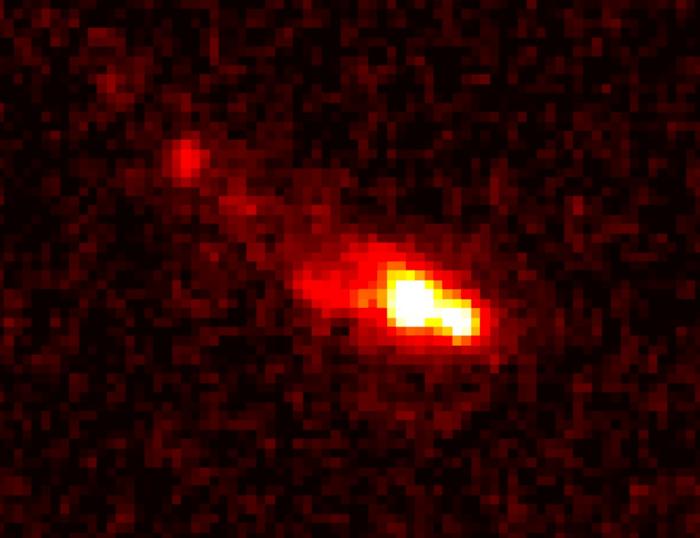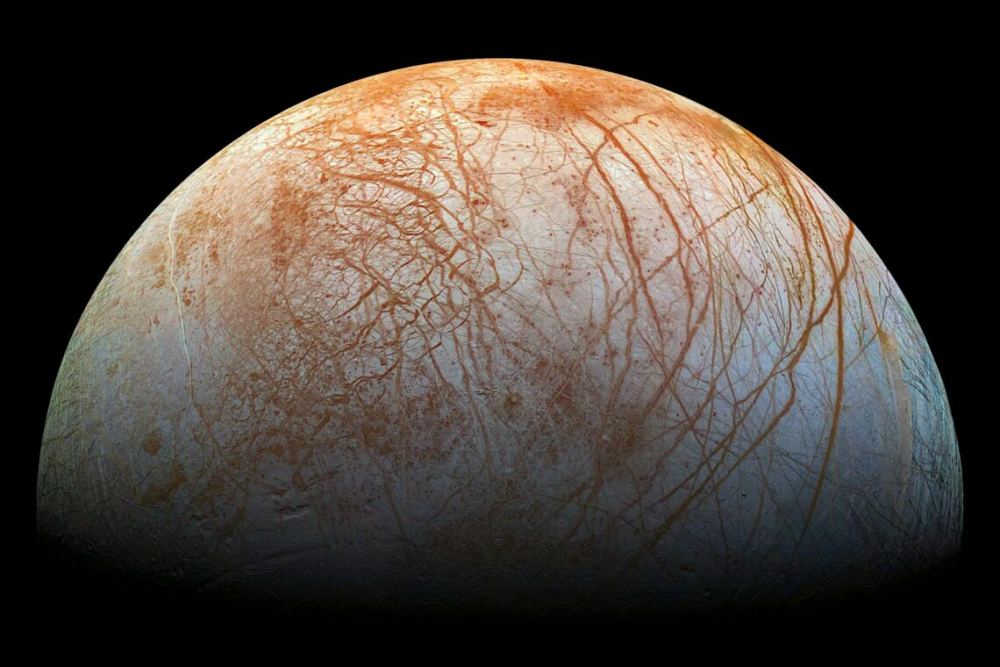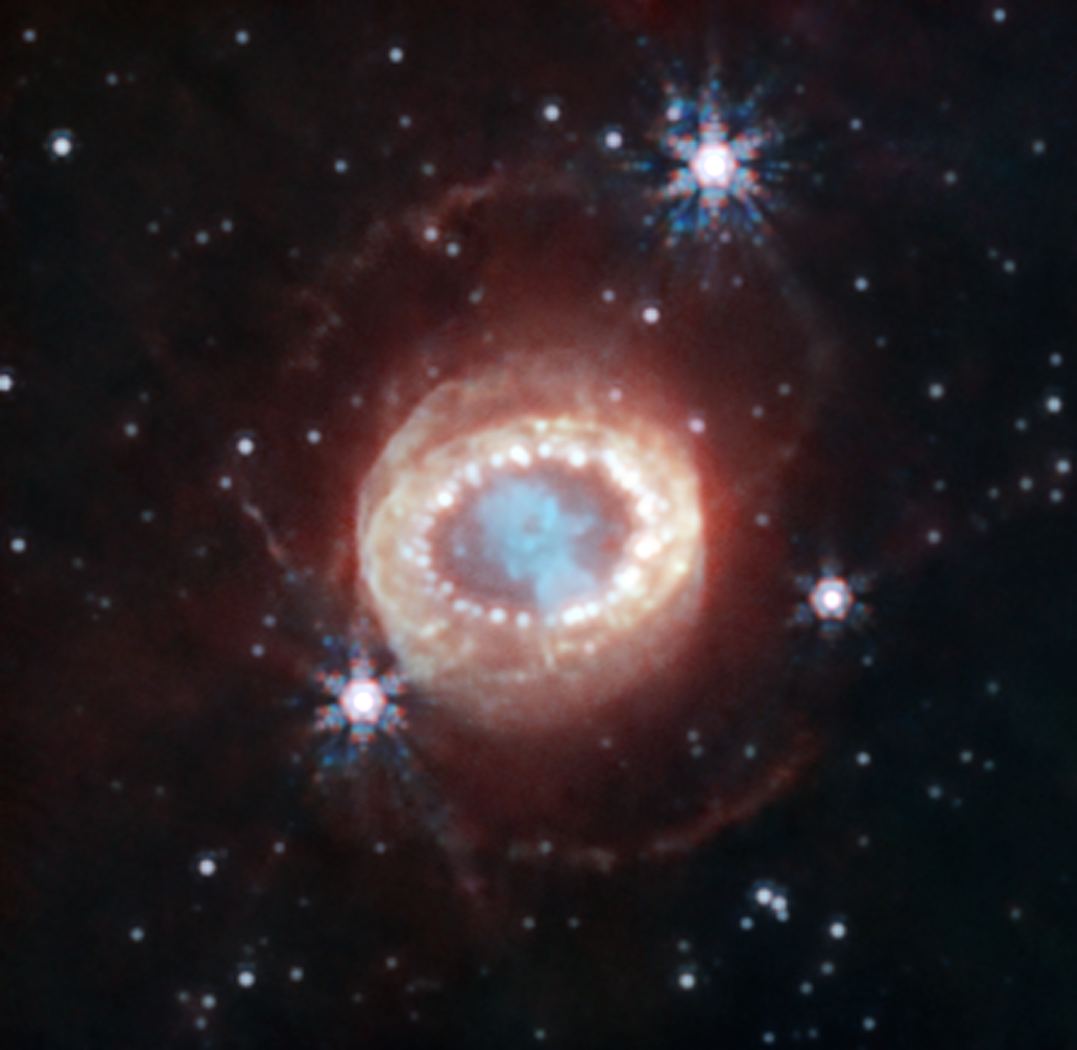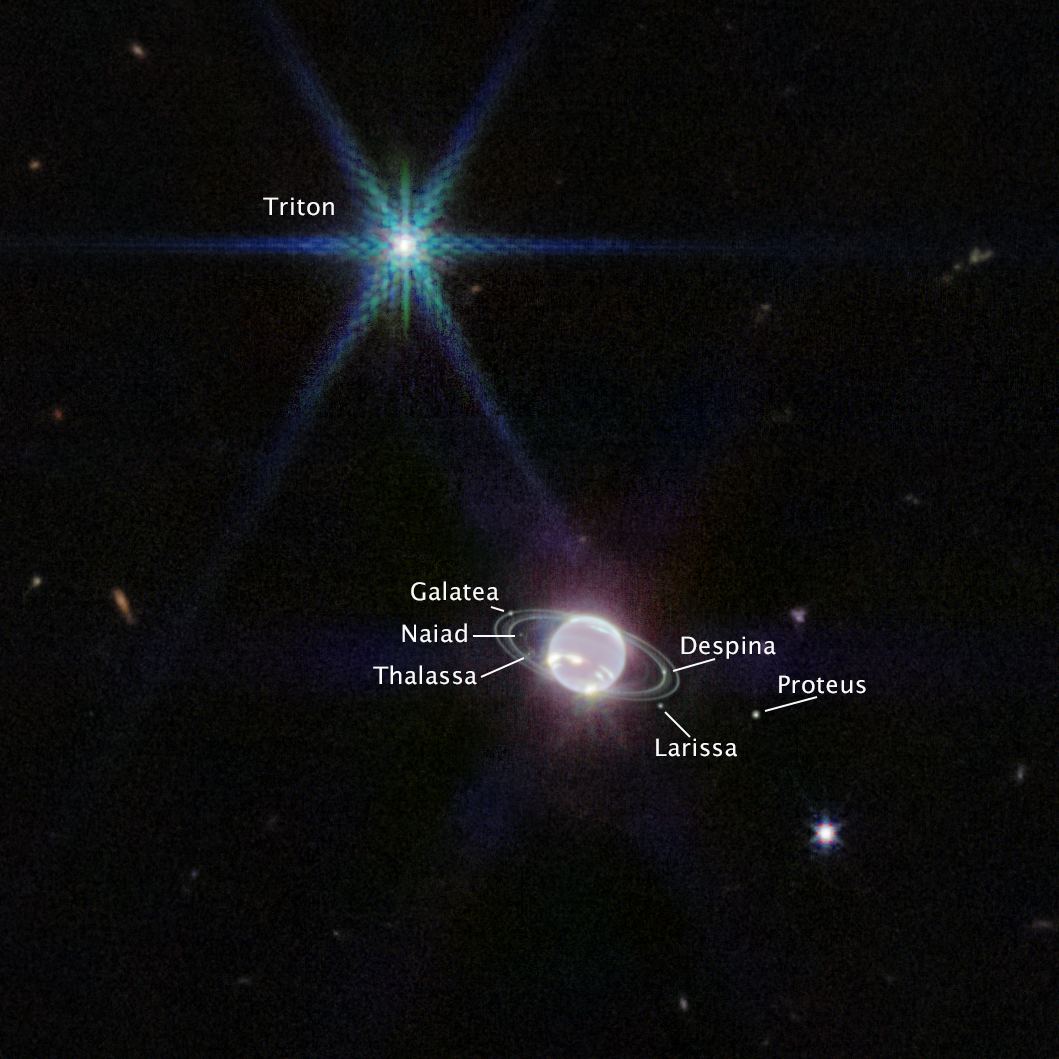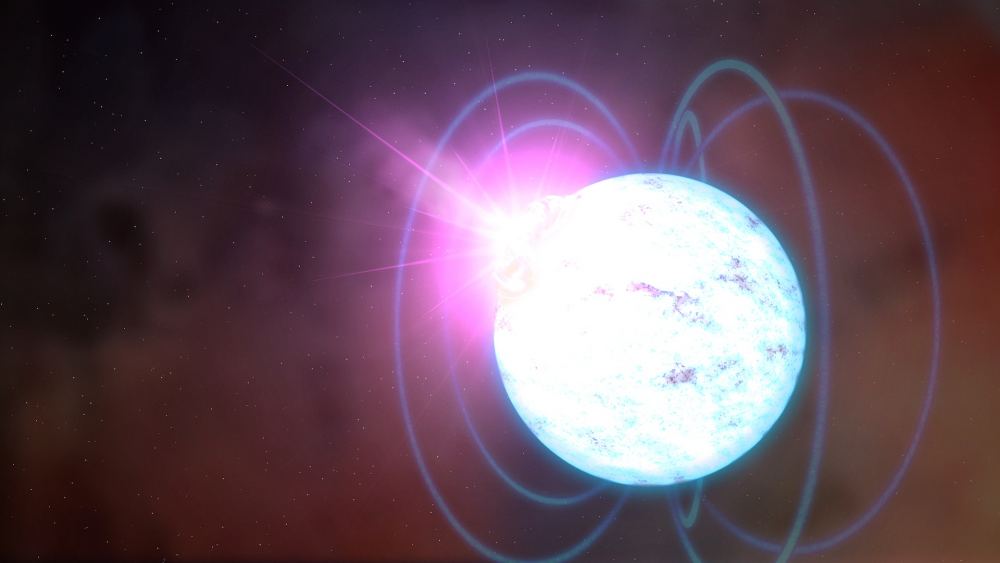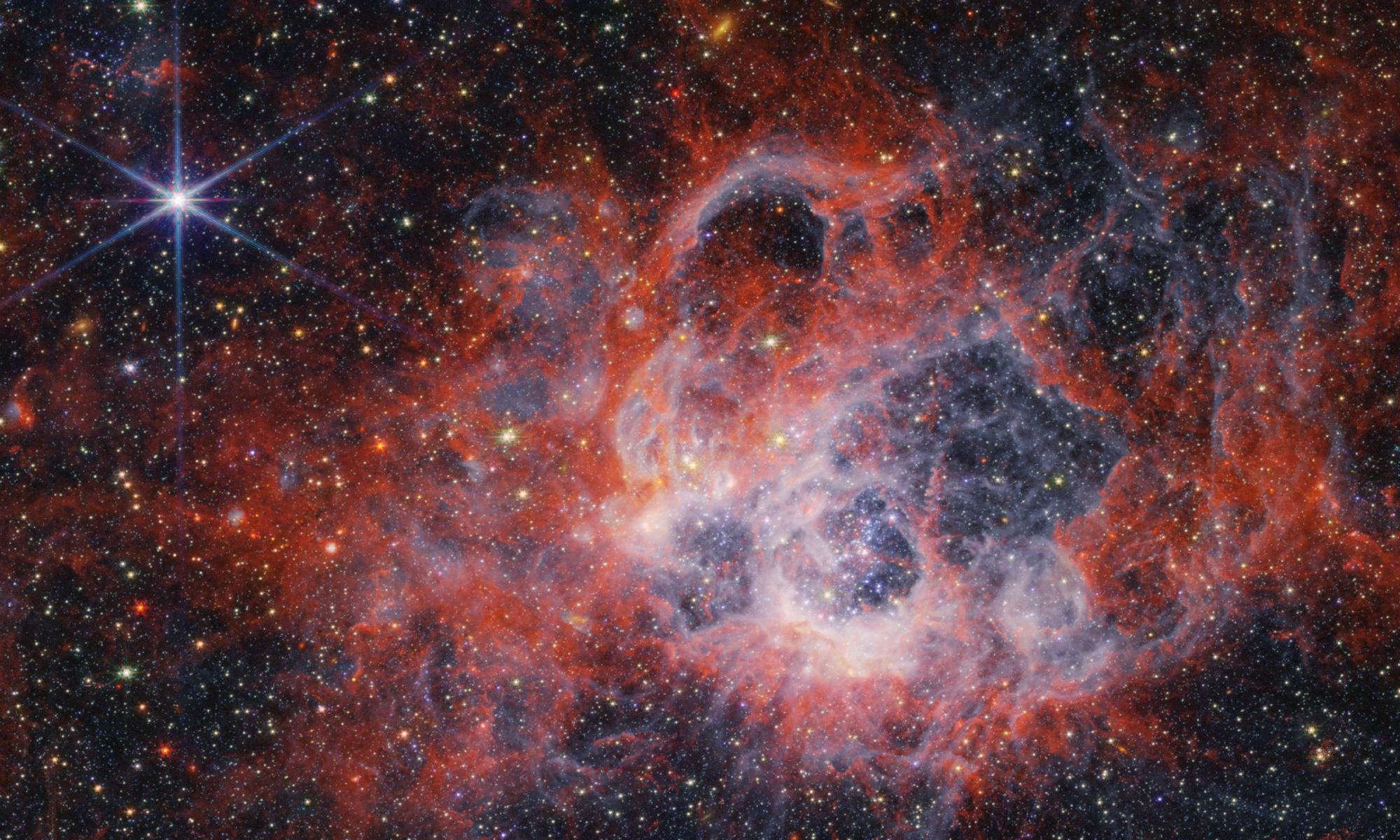The Milky Way has a missing pulsar problem in its core. Astronomers have tried to explain this for years. One of the more interesting ideas comes from a team of astronomers in Europe and invokes dark matter, neutron stars, and primordial black holes (PBHs).
Continue reading “Neutron Stars Could be Capturing Primordial Black Holes”Neutron Stars Could be Capturing Primordial Black Holes


